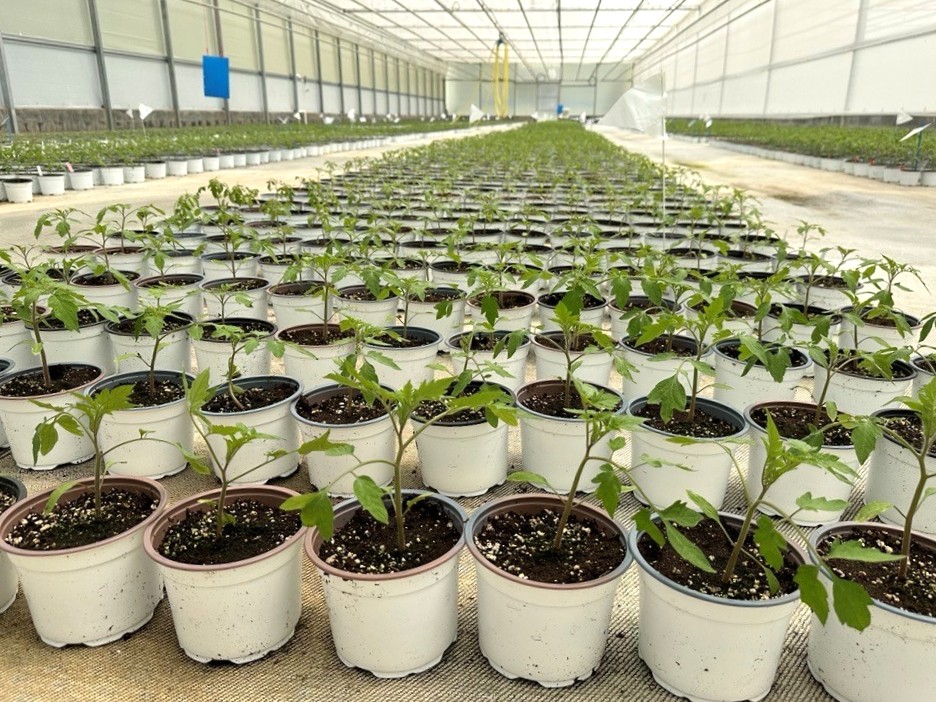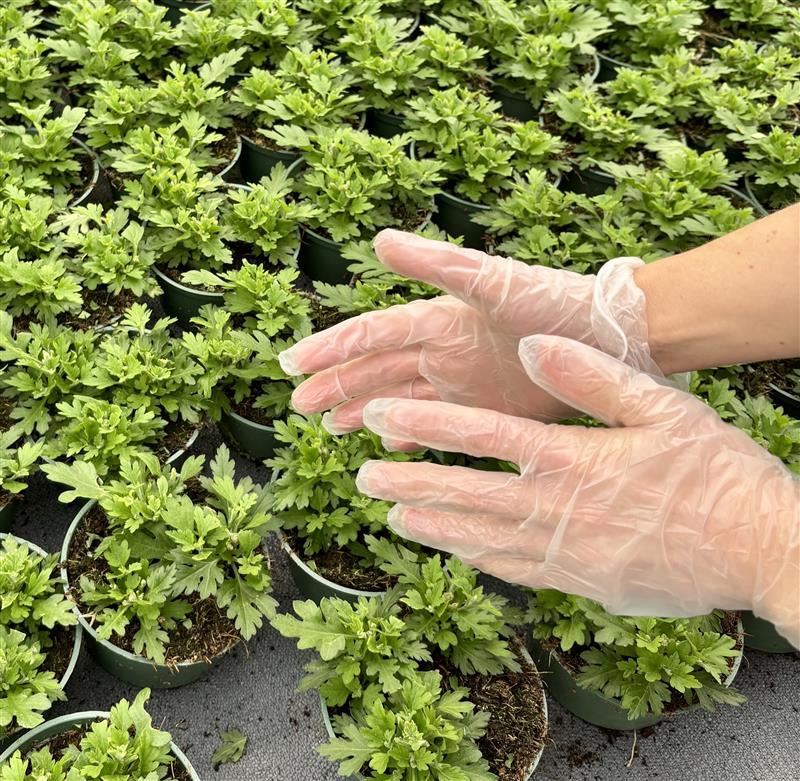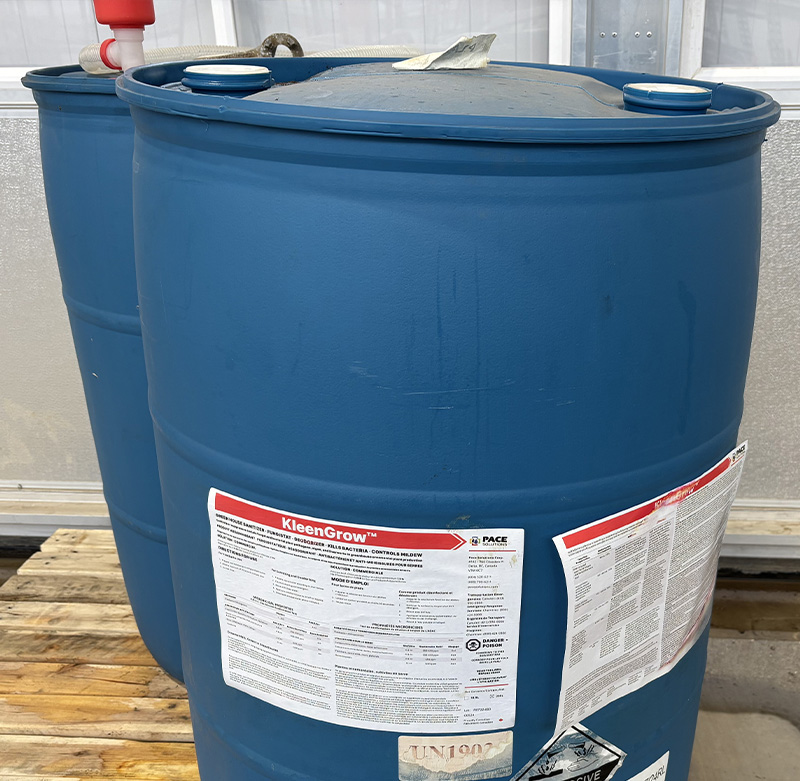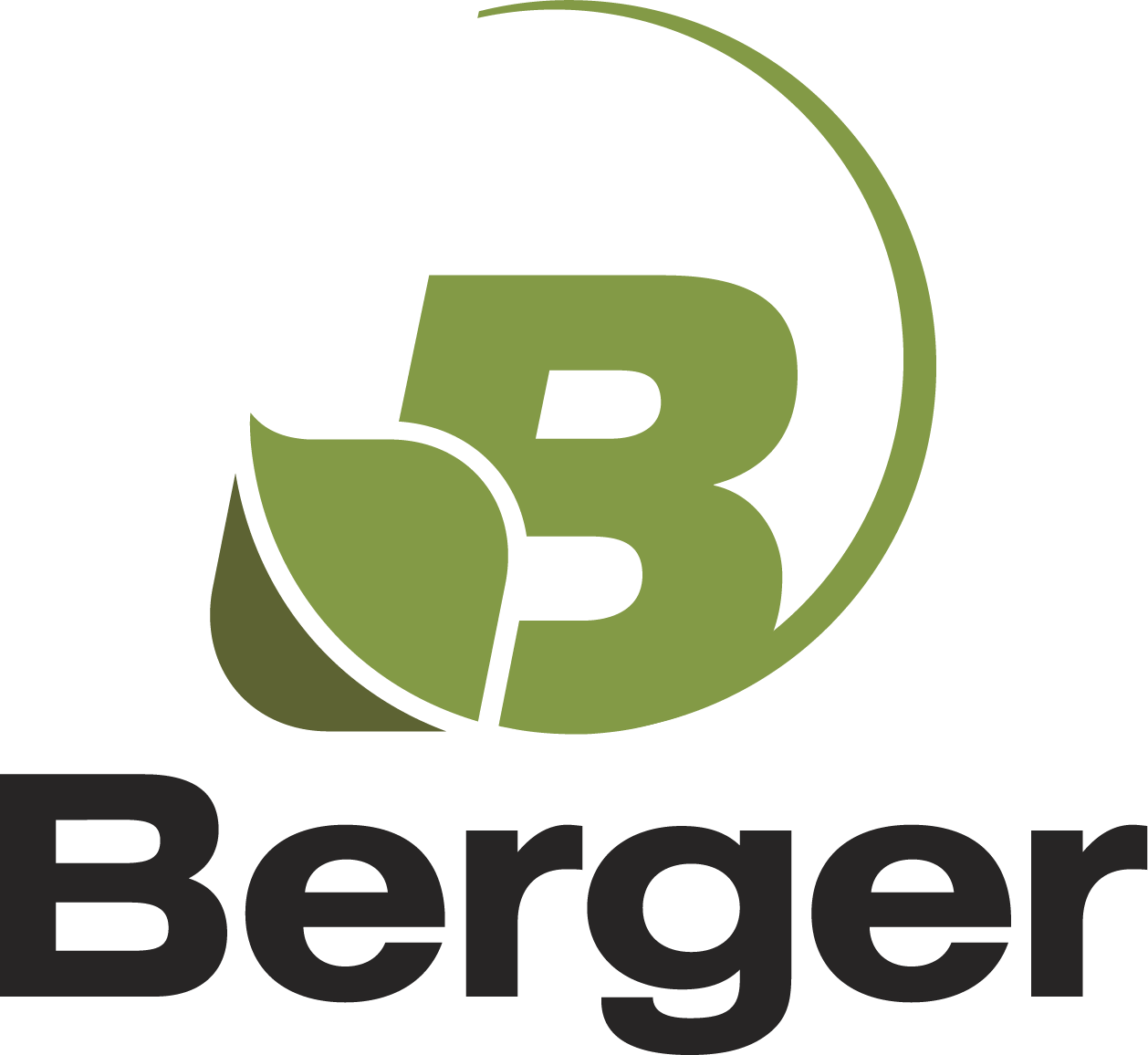Proper sanitation is the foundation of healthy crops and efficient greenhouse operations. Pathogen outbreaks not only lead to chemical costs and lost plants but also require additional labor for treatment and monitoring. By integrating preventative sanitation measures into routine practices, growers can significantly reduce risks and save money in the long run. In this article, we’ll explore key sanitation strategies to improve crop health, boost efficiency, and optimize your bottom line.
Preventative measures are relatively low-cost but labor-intensive, so the key to a good ROI is to plan and integrate them into routine practices.

During crop cycles:
- Remove diseased plants: Regularly inspect plants to remove any diseased tissues and discard heavily infected plants to prevent the spread of pathogens.
- Dump trash bins immediately after disposing of diseased plants. Empty all trash bins each day so pests/diseases cannot hide in those bins on disposed plant parts.Keep the trash bins covered to prevent any pests flying out to return to crops.
- Adjust and maintain hoppers and potting equipment to ensure a smooth flow of growing media into containers.
- Tools: Clean and disinfect tools between uses to prevent spreading pathogens (ex: with rubbing alcohol).
- No plants allowed except the crop: keep the greenhouse free of weeds and do not allow “pet plants”, as they can act as hosts for pests and pathogens.
- For greenhouses, use effective sanitary barriers before entering production areas.



Between cycles:
- Sanitize containers and equipment: Clean AND THEN disinfect containers and other equipment to reduce the occurrence of plant diseases. Even if things look clean, microscopic pathogens may still be present.
- Use concentrated and broad-spectrum products.
- Prepare appropriate amounts of solutions to avoid waste and maximize their effectiveness.
- Alternate disinfectants to prevent pathogens resistance.
Berger’s experienced team of Grower Advisors are available to help customers optimize their sanitation practices and weave them into their routine to optimize efficiency and results.

